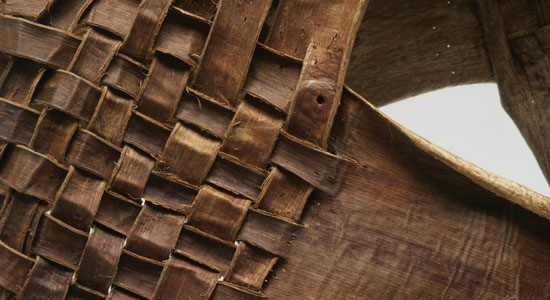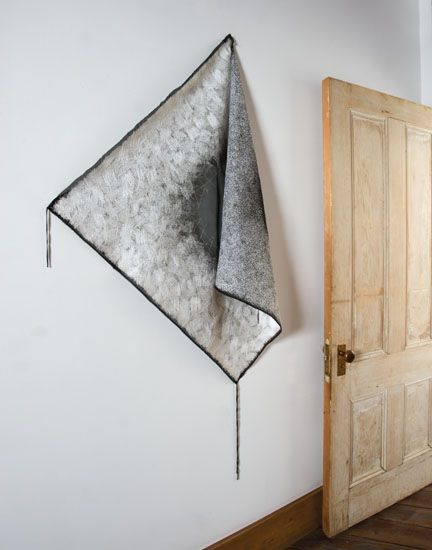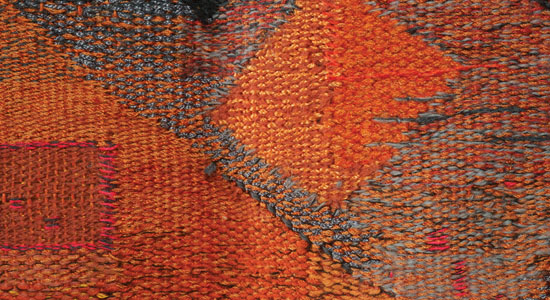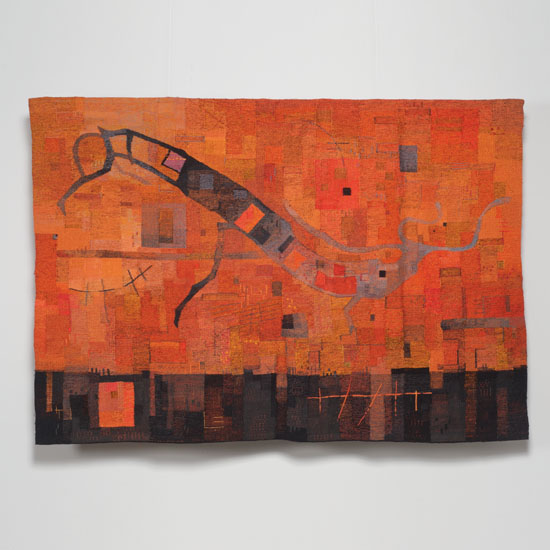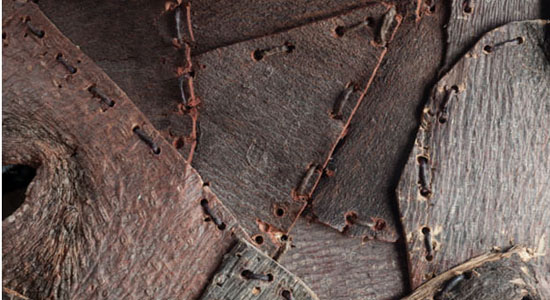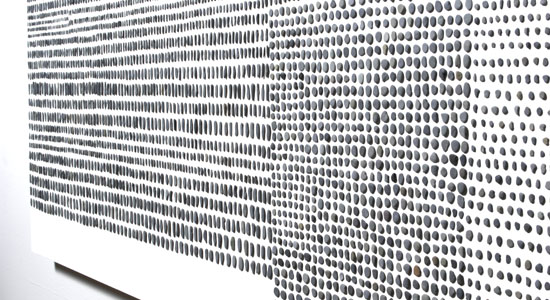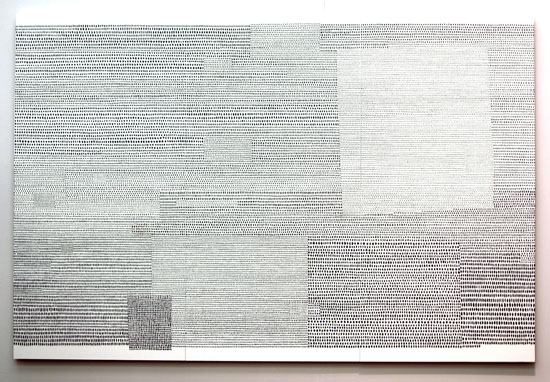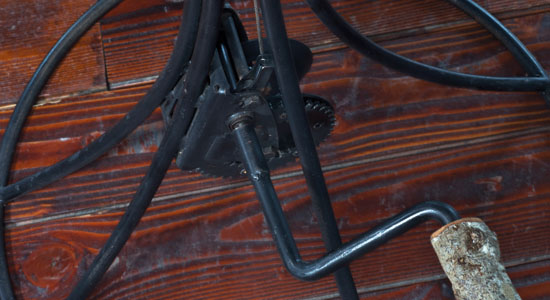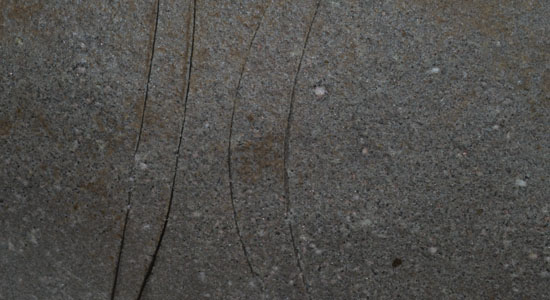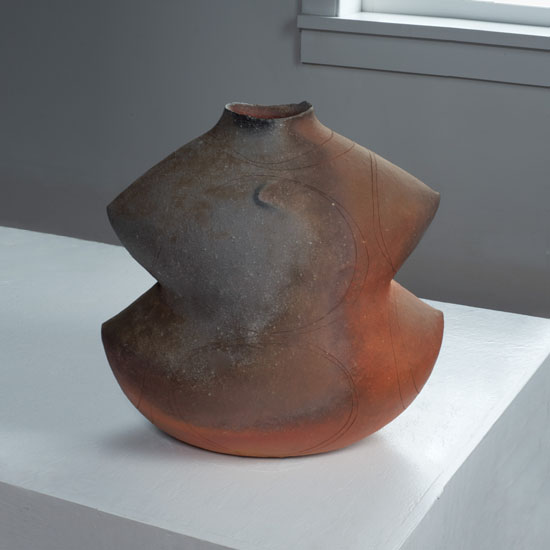Japanese artist Hisako Sekijima is one of the 25 that browngrotta arts will promote at SOFA New York this year. Sekijima has led the sculptural-basketry movement in Japan through her experimentation. She has expanded beyond her mastery of traditional techniques to offer new approaches to volume, mass, and space and new insights on the work of earlier times and ancient peoples. As Nancy More Bess has observed, Sekijima is one of a distinguished few fiber artists, like Arai, Larsen, Liebes, McQueen, Rossbach– who can be acclaimed as having changed perspectives on fiber.( “Hisako Sekijima: Explorer of Fiber Boundaries,” Nancy Moore Bess, Fiberarts, Summer 2002), “Sekijima has moved against popular current for more than 20 years…” Bess wrote.
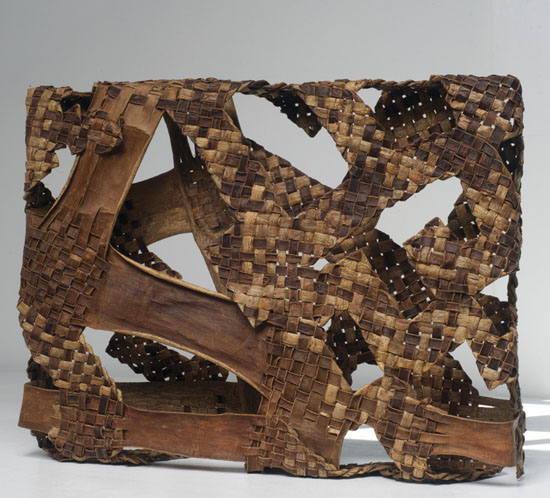
523hs Intersection IV, Hisako Sekijima, walnut, plaited14.5″ x 19″ x 3.75″, 2006, photo by Tom Grotta
“She was the exception–in Western terms, the renegade. Although now respected by many in Japan, sought after as adviser and authority, she remains outside the formal hierarchy of traditional basketry there. Her recognition, for now, comes from other highly regarded artists, her former students, collectors who earnestly vie for her newest work, gallery owners, and art authorities (including Jack Lenor Larsen, Rupert Faulkner, and Janet Koplos).” Sekijima’s work was included in the Fiber Futures: Japan’s Textile Pioneers exhibition which traveled from Japan to the Japan Society in New York last year. Sekijima’s work has also been exhibited at the National Museum of Modern Art, Tokyo, Japan; Yokohama Museum of Art, Japan; Victoria & Albert Museum, London, England; Museum of Arts and Crafts, Hamburg, Germany; Wakayama Prefectural Museum of Modern Art, Japan; Racine Art Museum, Wisconsin; Academy of Design, Kuopio, Finland and the Bellevue Art Museum, Washington.

